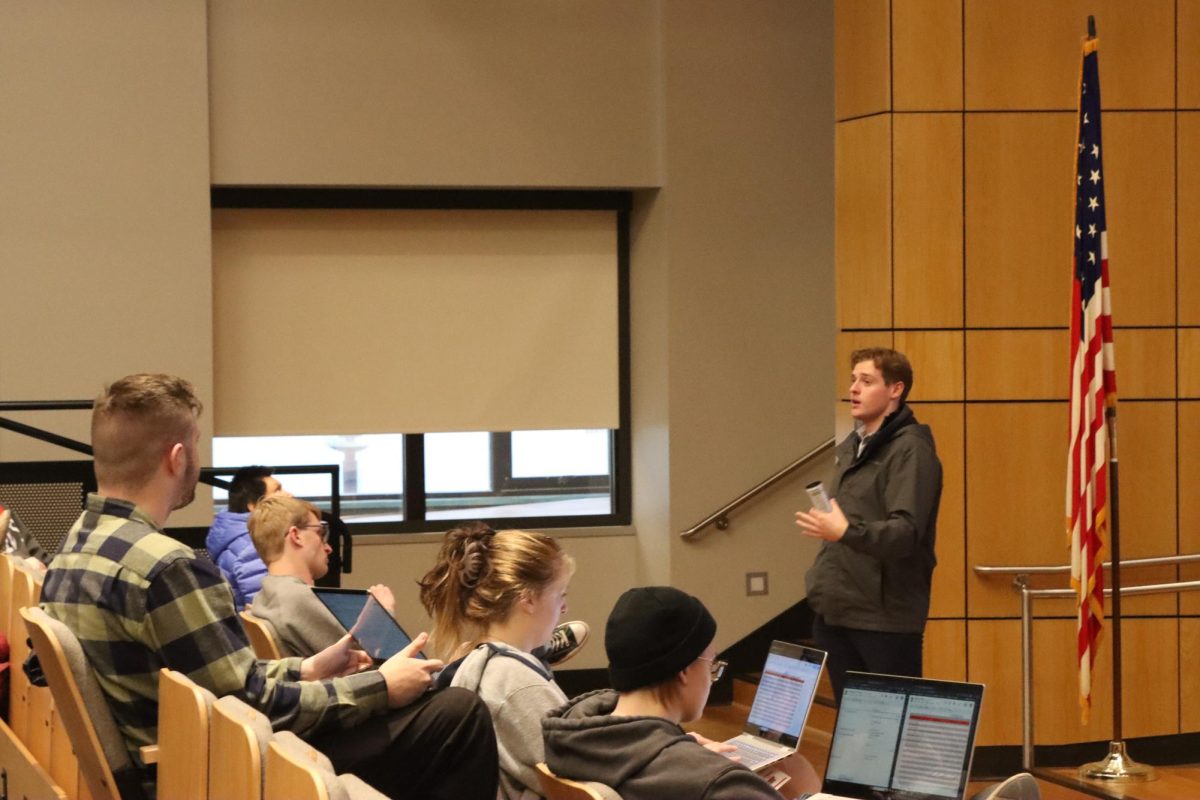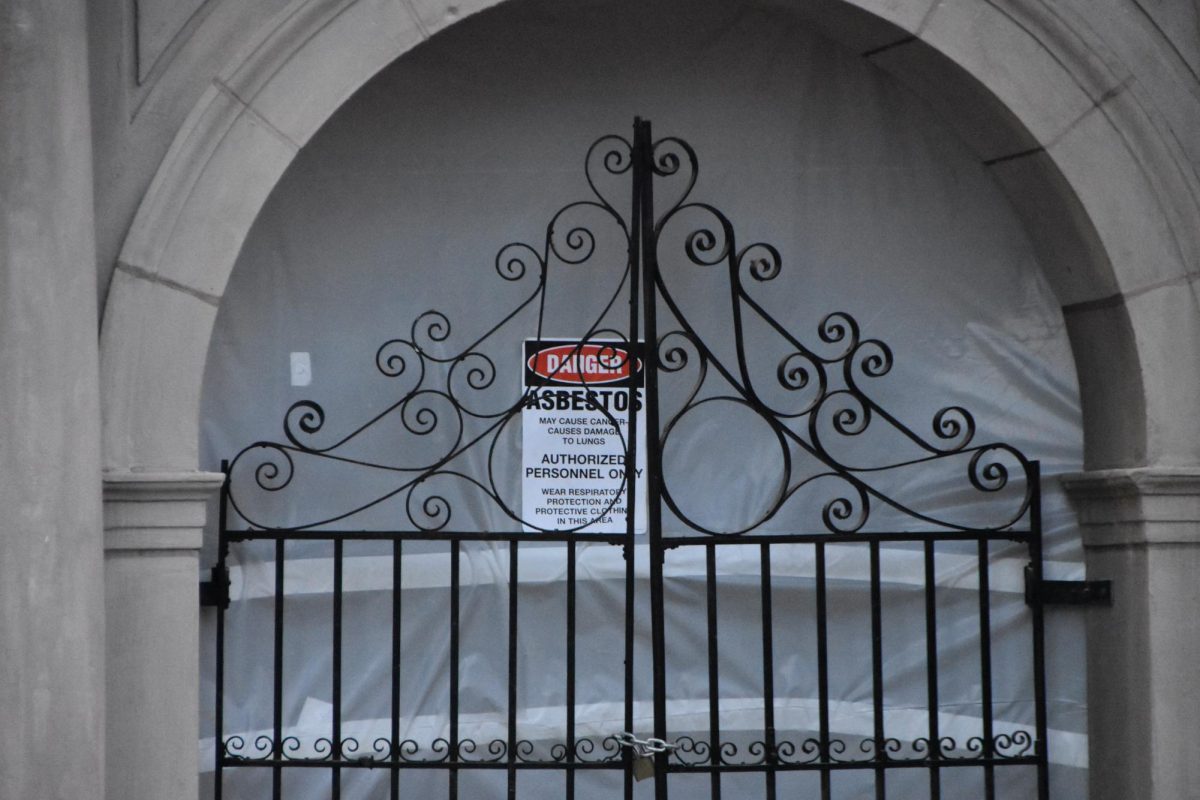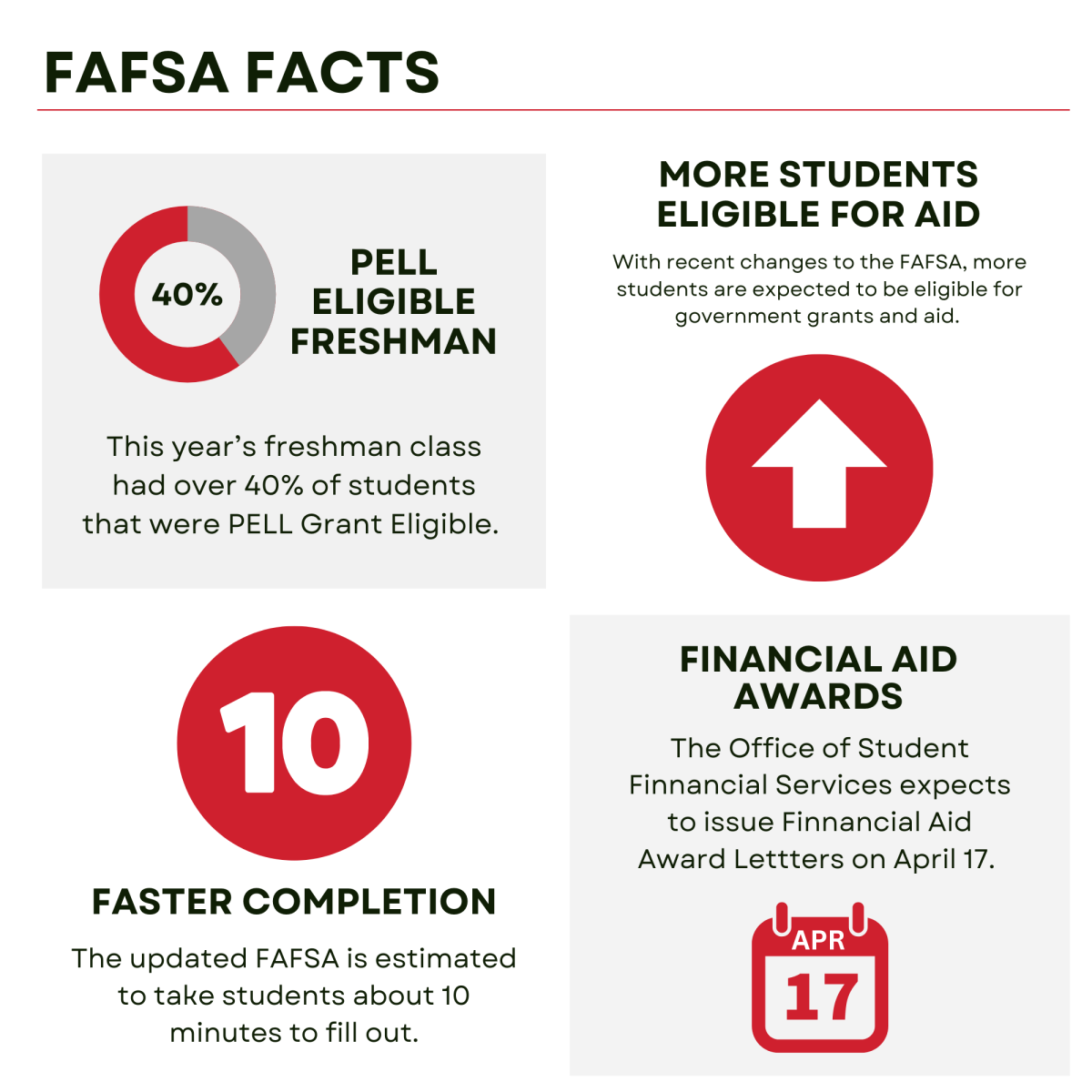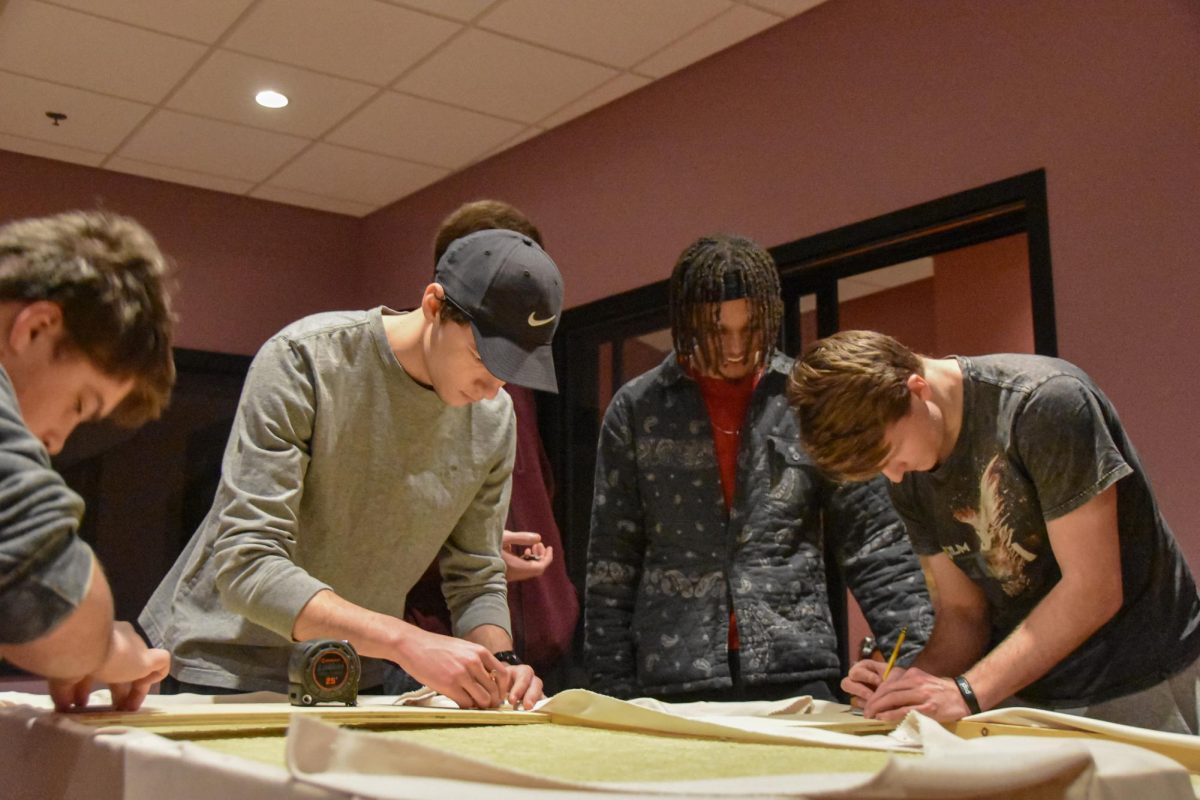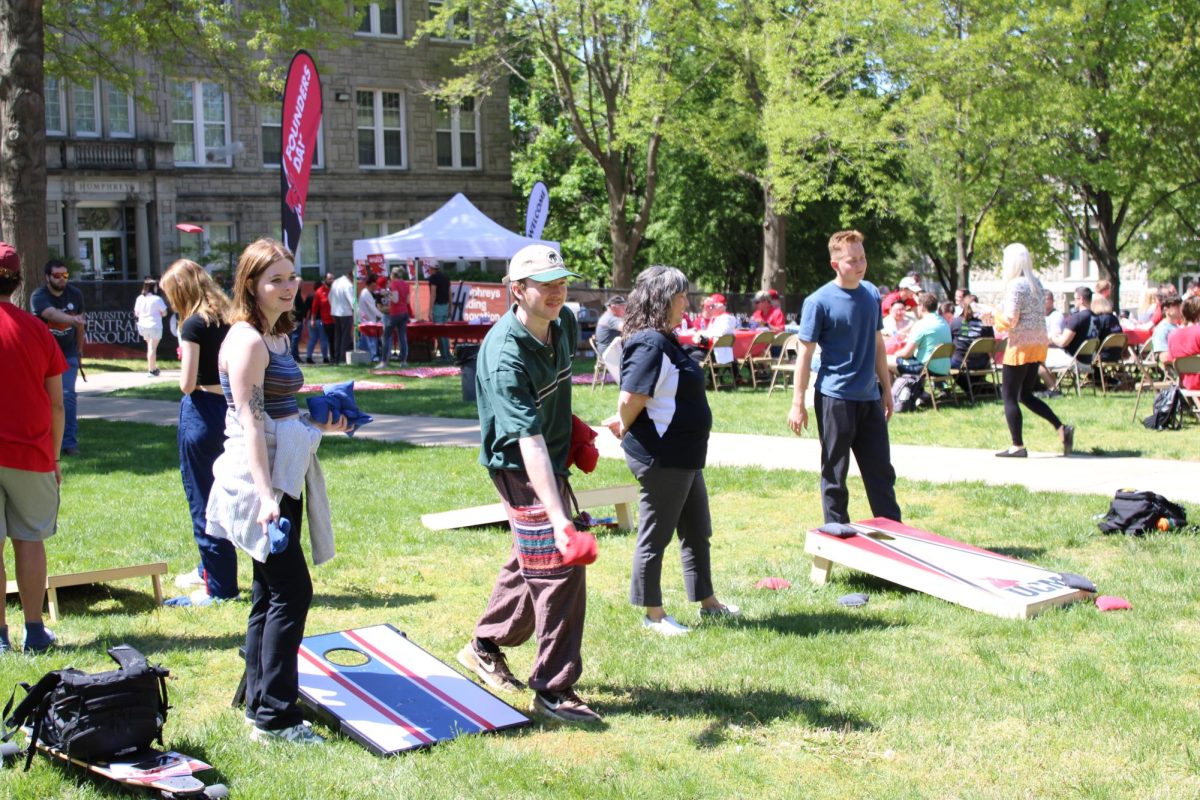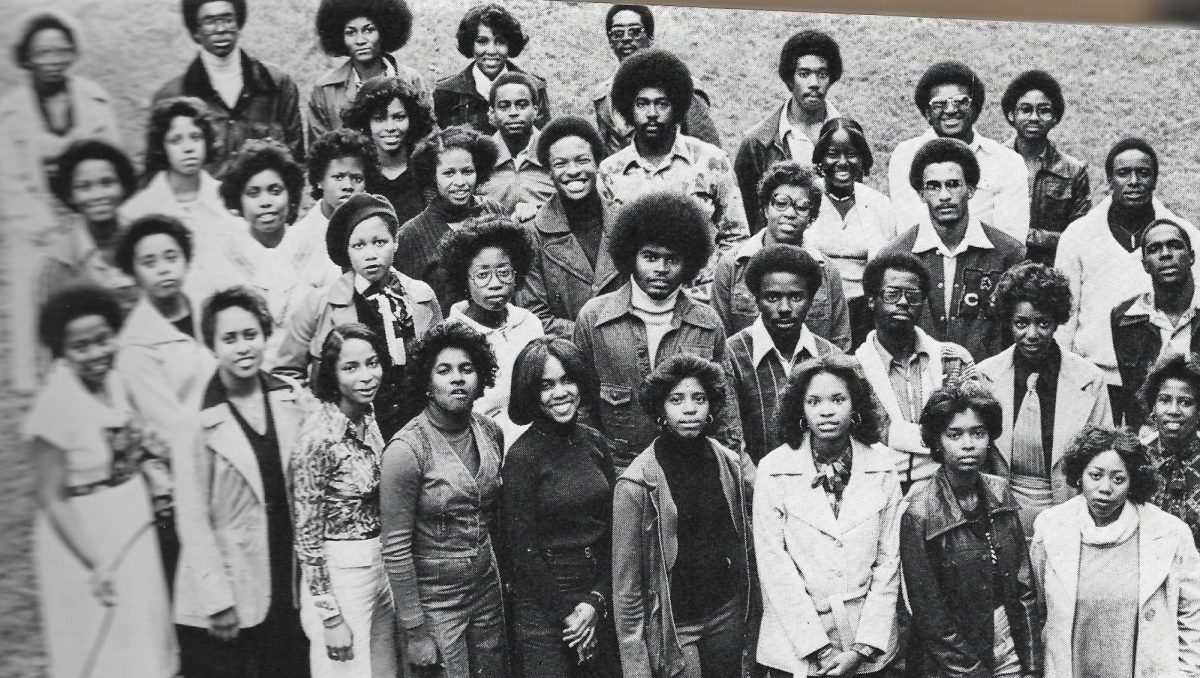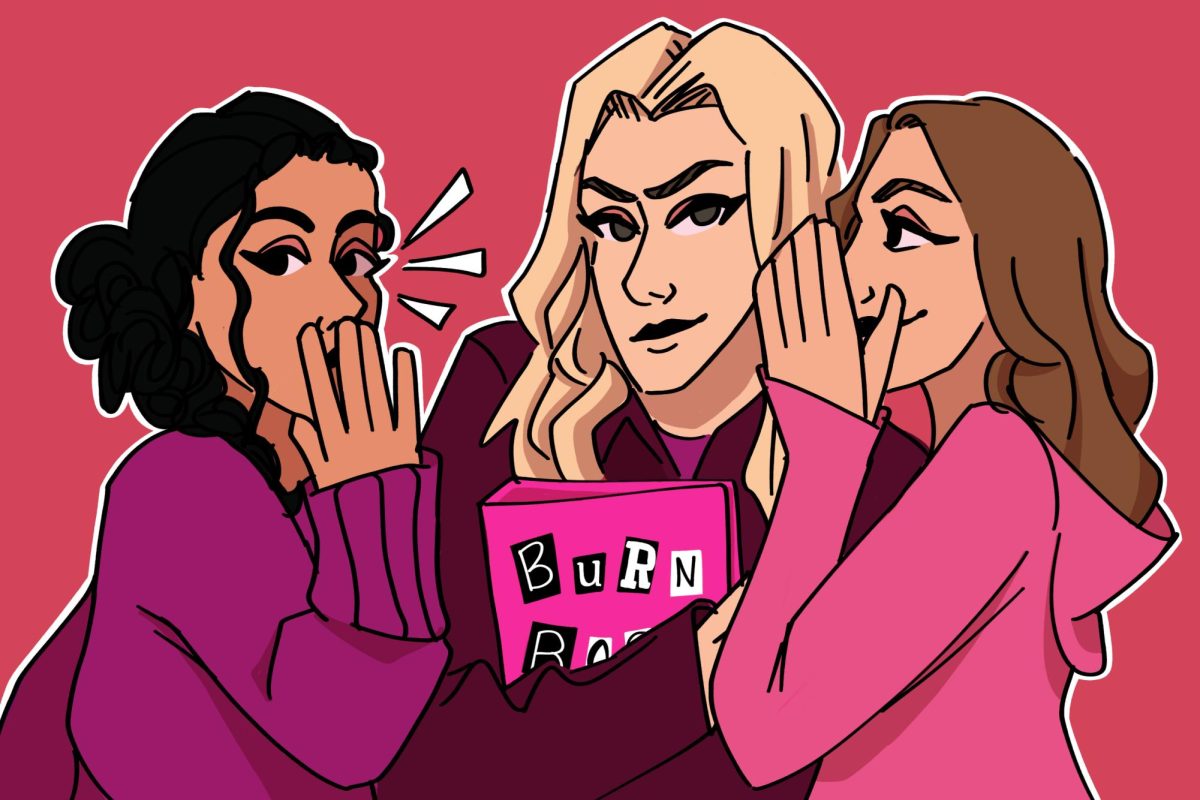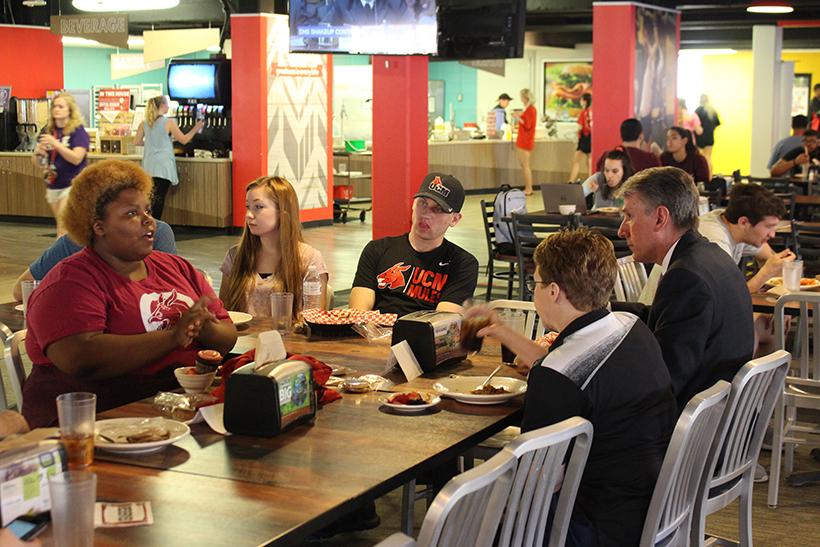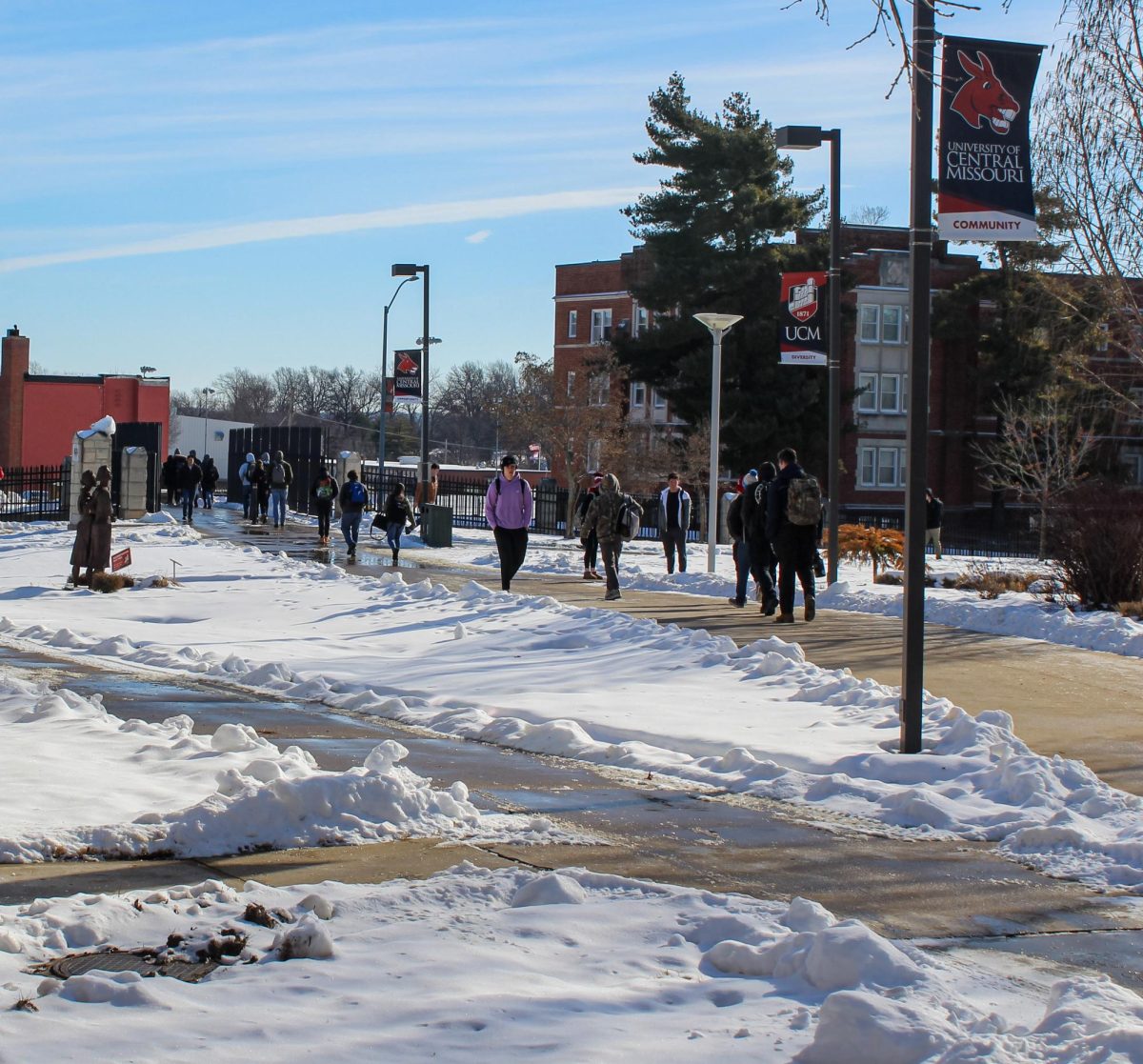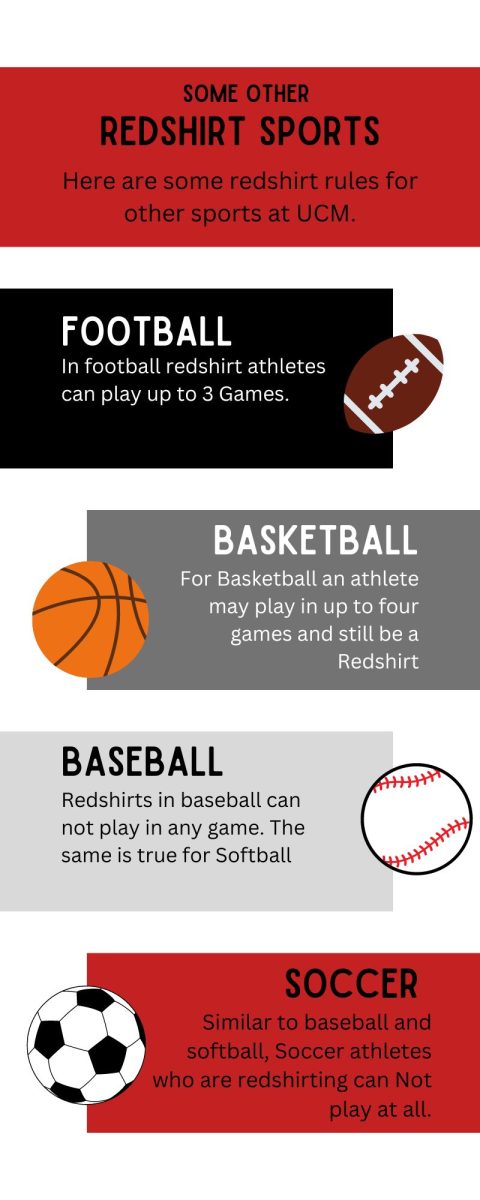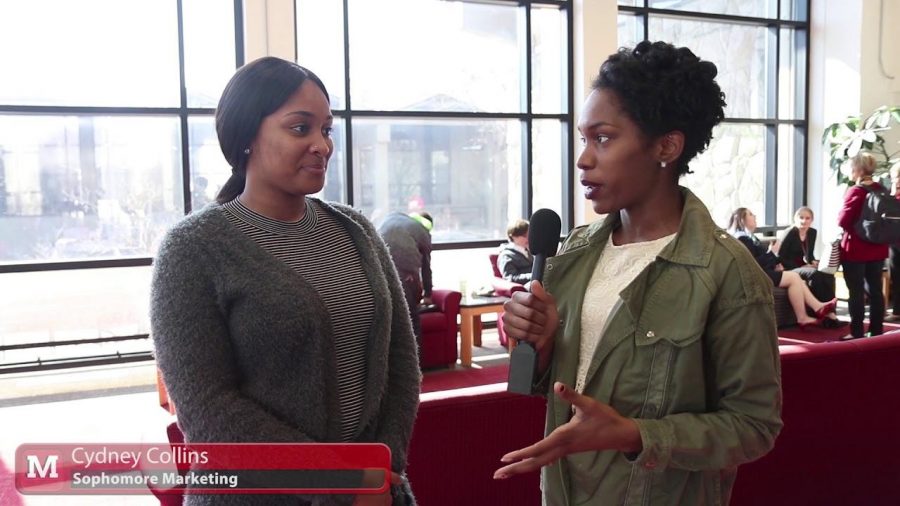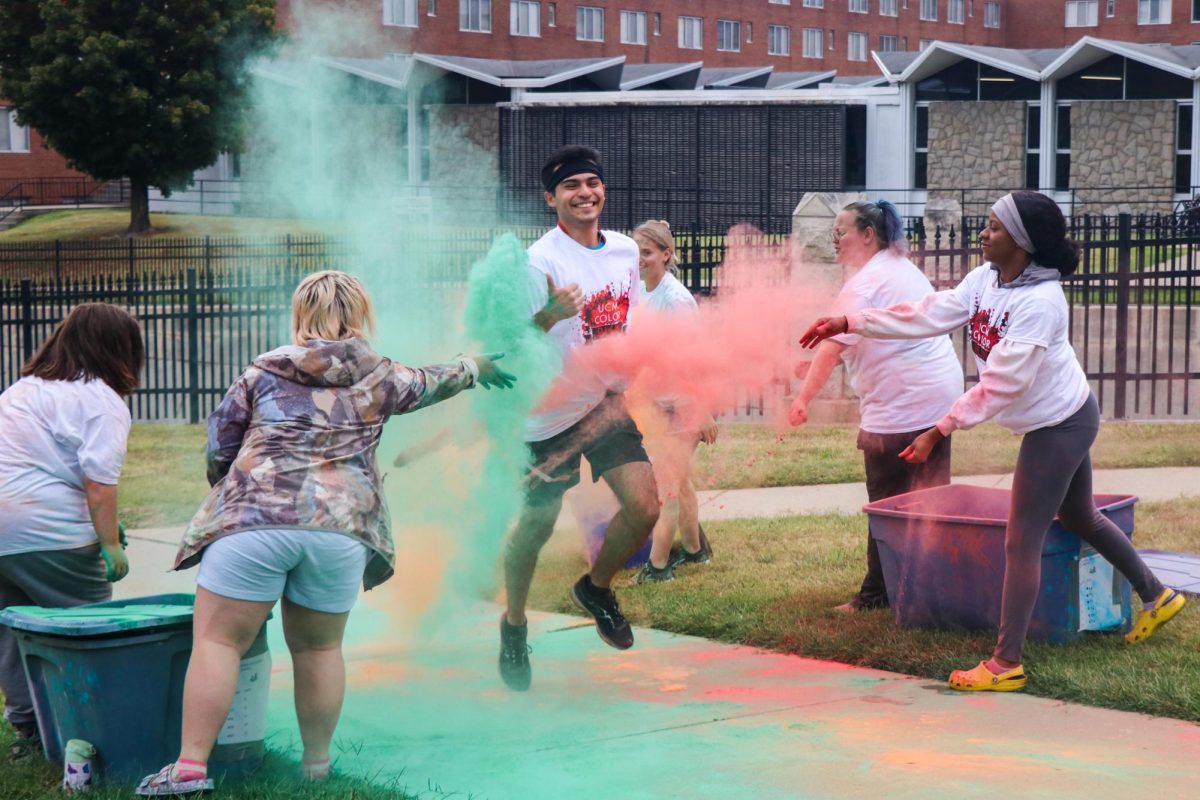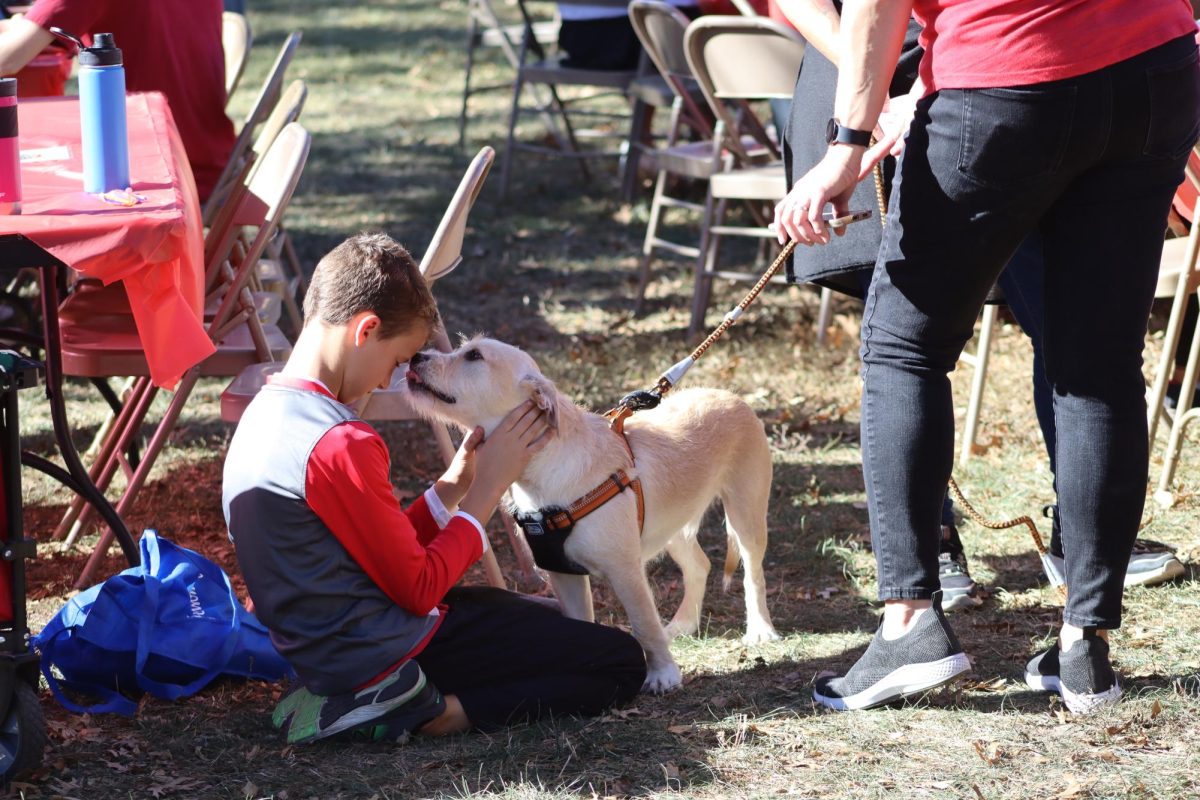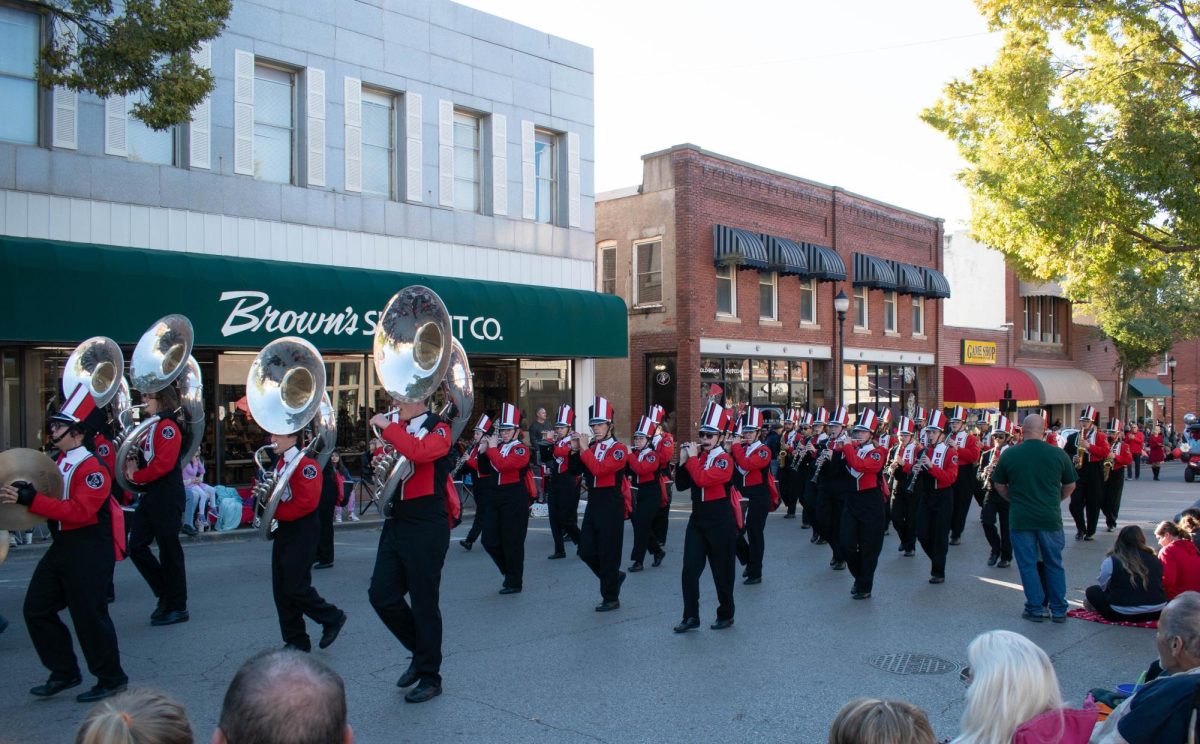By ERICA NOWLIN
Columnist
Earlier this semester, the university began installing gender-neutral restrooms on campus.
Maybe you have noticed them, and maybe you have not, but they are there. UCM now has a total of four single-occupancy GN bathrooms on campus: one in the Elliott Student Union, one in Wood Building, one in Martin Building and one in the Student Recreation and Wellness Center.
So what are these GN bathrooms for?
I think it is safe to say that we all have a pretty good understanding of what “gender-neutral” means. When we say “gender-neutral bathroom,” we mean that any person of any sex or gender can use it. It is not just a men’s restroom or just a women’s restroom.
For a lot of us, we might hear that there are these new GN bathrooms on campus and wonder what all the fuss is about. Haven’t GN bathrooms always been a thing? What is the big deal?
The truth of the matter is that for a lot of people, having accessible GN bathrooms is a very big deal.
GN bathrooms are popping up on university campuses all over the country as a way to give students, faculty and visitors a safe and comfortable place to use the restroom. Many universities and businesses are offering gender-neutral bathrooms in order to create a more inclusive environment, especially pertaining to transgender and gender-nonconforming people.
When we start talking about topics of gender—transgender, gender nonconforming, etc.—it can get kind of complicated, and some of these terms may seem a little foreign. So before we go any further, let me give you some definitions.
The word sex refers to whether a person was born biologically male or biologically female. But the word gender refers to a son’s identity as being a man or a woman.
Here is where it can get a little tricky. A person’s sex and a person’s gender do not have to match. When sex and gender do match, we call the person cisgender. This would be a female who identifies as a woman, or a male who identifies as a man. This form of identity is most common.
However, when sex and gender do not match, we call the person transgender. This would be a female who identifies as a man, or a male who identifies as a woman. A female who identifies as a man is referred to as a transman or FTM (female to male). A male who identifies as a woman (like Caitlyn Jenner, for instance) is referred to as a transwoman or MTF (male to female).
Being transgender usually involves some sort of physical transition, which may include dressing a certain way, practicing hormone replacement therapy or having surgery. But not all transgender people make the same (or any) physical changes, and the physical changes are not what makes a person trans.
Sometimes we can tell a person is transgender, and sometimes we cannot. When we cannot tell, we say the person is passing, meaning the person is biologically one sex but looks completely like the other, so much so that we would have no idea that they were ever “something else.” So, yeah, there are people on this campus who are totally transgender, and we do not even realize it.
There are also people who identify as gender nonconforming, meaning their gender expression—how they act, dress, etc.— does not conform to society’s ideas of what a man or a woman should look like. There are people who identify as gender-fluid or gender queer, meaning they may identify with both genders, neither gender or a combination of genders. These might be the people who you see across the room and ask yourself, “So . . . are they a guy or a girl?”
We can begin to see how this becomes a problem when it comes to going to the bathroom. People who are transgender or who maybe do not look like the gender they are “supposed to be” often face a lot of issues going to the bathroom.
Legally, we are not allowed to use the bathroom of the opposite sex. One, it makes a lot of people uncomfortable, and two, it often (unfortunately) leads to instances of harassment. Trans people cannot use the restroom of the gender they identify as until they have their sex legally changed— a process that takes years to complete.
So if you are a biological and legal male who is technically supposed to use the men’s restroom, but you look, feel and identify as a woman, which bathroom are you supposed to use? Well, if you are passing and people cannot tell you are trans, you can usually get away with using the women’s restroom. Others are not so lucky.
Or maybe you are a ciswoman with short hair and masculine features who, yes, is a woman but looks a lot like a dude. Other ladies in the bathroom may be uncomfortable with you being there. They may make rude comments or tell you to get out. Now what do you do? You are not male, and you do not identify as a guy, but you obviously are not welcome in the women’s bathroom.
These are real issues that real people face all the time. They are harassed or looked at funny because they do not look or identify a certain way. It is humiliating and degrading. It makes something as simple and normal as going to the bathroom terrifying.
Some of the people who face these sorts of problems often avoid using public restrooms altogether. They avoid drinking water so they do not have to go as often. But letting yourself become dehydrated or “holding it” for extended periods of time is really bad for you. No one should have to jeopardize their health because they are not comfortable using a gender-specific bathroom.
Here is where GN bathrooms come in.
To make everyone feel more comfortable, universities and businesses have begun to adopt gender-neutral bathrooms. Anyone who is uncomfortable in a traditional gender-specific bathroom can use the GN bathroom if they want to.
This appears to be a positive fix because it lessens instances of harassment and eliminates the issue of deciding which bathrooms transgender and gender nonconforming people should or should not use.
When I first heard about the GN bathrooms, I was glad that the university was taking such a positive step forward by giving transgender and gender nonconforming people a safe a comfortable place to go.
However, the more my friends and I talked about it, the more we wondered how long it would be before the GN bathrooms would be seen “trans bathrooms” and whether it could have some negative effects.
One, we wondered if seeing the bathrooms as “trans bathrooms” would make cis students reluctant to use them for fear of being seen as trans. “I don’t want to use that bathroom because I don’t want people thinking I have a you-know-what down there.”
Yikes. This is what we call transphobia: when a person has antagonistic feelings toward trans people because they think it is weird or wrong.
Two, we wondered if seeing the bathrooms as “trans bathrooms” would make trans students reluctant to use them for fear of being singled-out or “outed” as a transgender person. “Did you see Heather go into that gender-neutral bathroom? Maybe she’s trans.”
Trans people often face levels of insecurity as they transition from one gender to another. Some trans people do not want others knowing that they are trans, especially if they are passing. This is what some people call “living in stealth.” Or maybe they identify as a man or a woman and simply want to be seen that way without all the other things that go along with being labeled “trans.” Using a GN bathroom might “out” them and let others know that they are transgender.
So the more I thought about these issues, the more I wondered whether or not I was being hypercritical of the situation. Were other people thinking about these things? Did they share these same concerns?
I have decided to talk to some students and faculty to see what people on UCM campus are actually thinking. These opinions will appear in next week’s issue of the Muleskinner.
If you have thoughts or opinions about the GN bathrooms that you would like to share, contact me at EMN75650@ucmo. edu or email the Muleskinner at [email protected].
If you want to learn more about the transgender community and what it means to be transgender, check out the TRANSforum event on campus next Thursday, Nov. 19.

